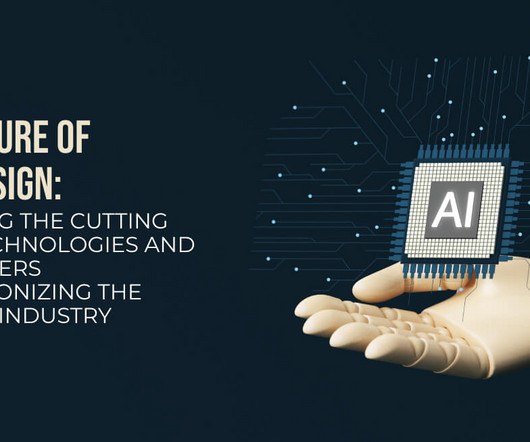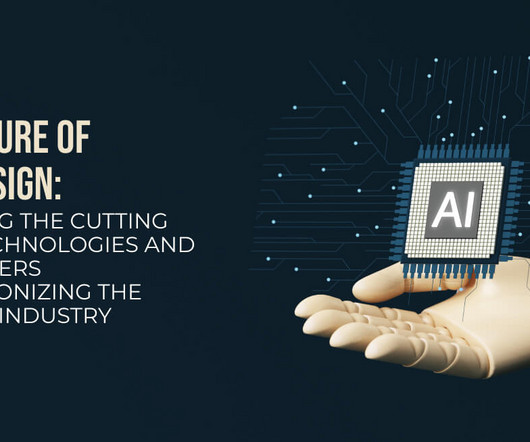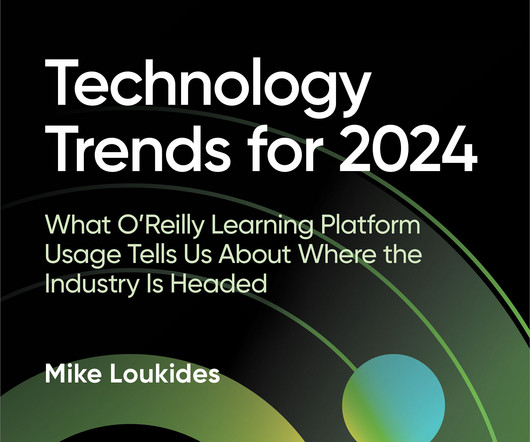The 11 ways in which the metaverse is shifting software development
Capgemini
MARCH 28, 2023
A Capgemini publication focusing on metaverse in healthcare defines it as “a container of 2D or 3D virtual spaces, a persistent place parallel to the physical world, aiming to combine online digital and real-time interactions with the sense of presence. ” We might also see our traditional user interaction devices change.














Let's personalize your content